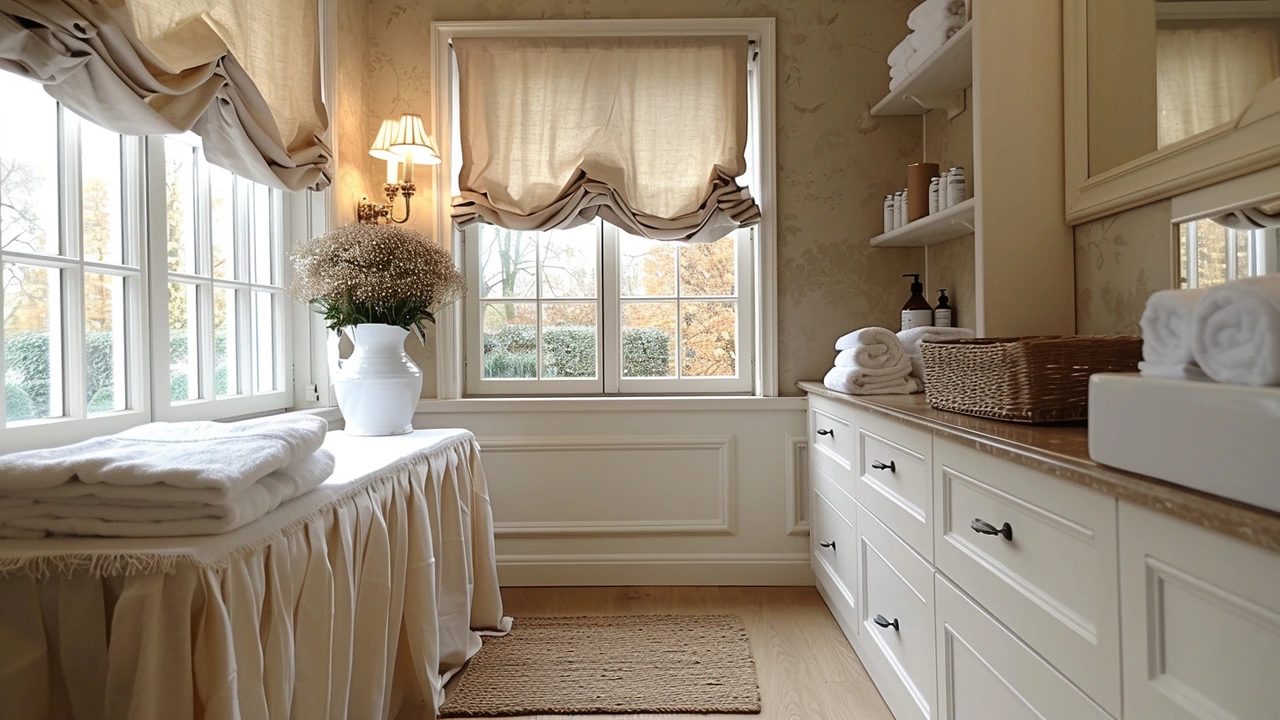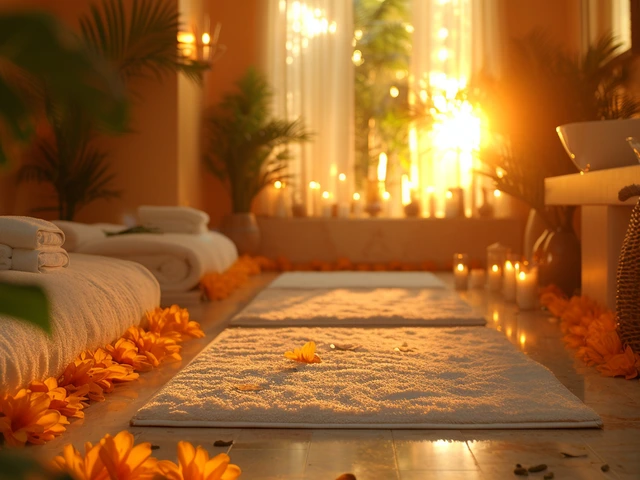Unlock the Healing Power of Ancient Therapy: Embrace Holistic Living with Cupping
Introduction to Cupping Therapy: An Ancient Healing Practice
Cupping therapy might seem like a modern trend in wellness circles, but its roots stretch far back into human history. Hailing from various cultures, including Chinese, Egyptian, and Middle Eastern, this practice involves creating suction on the skin using cups. The aim is to enhance circulation, relieve pain, and pull toxins from body tissues. It's fascinating to see how this age-old remedy has stood the test of time, proving that sometimes, ancient wisdom holds keys to our contemporary health dilemmas.
Despite its long history, cupping gained contemporary spotlight thanks to celebrities and athletes who swear by its benefits for recovery and wellness. But beyond the glitz and glamour, there's real science and traditional knowledge backing up the efficacy of cuping therapy. Delving deeper into this practice offers insight into a holistic approach to health that synergizes perfectly with natural healing processes and preventive care.
Varieties of Cupping Therapy: Understanding the Techniques
Not all cupping therapies are created equal, and understanding the different techniques is crucial for anyone looking to explore this practice. Broadly speaking, there are two main types: dry and wet cupping. Dry cupping is the most common, involving only suction, while wet cupping, also known as hijama, combines suction with controlled medicinal bleeding. Each method has its unique benefits and applications, influenced by the underlying principles of traditional medicine from which they originate.
Innovations in technology have also introduced new variations, such as air cupping, where a pump creates suction, and silicone cupping, which uses flexible silicone cups for a softer experience. The choice of technique often depends on the intended health outcome, highlighting the importance of consulting with a knowledgeable practitioner who can guide you through the benefits and considerations of each.
Scientific Insights: The Health Benefits of Cupping
Turning to scientific studies reveals a promising picture of cupping's potential health benefits. Research indicates that cupping can significantly reduce pain in conditions such as back pain, neck pain, and knee arthritis. It's believed that the suction created during the therapy improves blood flow to the area, facilitating natural healing and pain relief.
Moreover, cupping is credited for enhancing immune function by promoting lymph flow, thus assisting in detoxifying the body. Athletes often use cupping as part of their recovery regime, citing improved muscle recovery and reduced soreness as key benefits. The therapy's impact on skin health, stress reduction, and even blood pressure regulation further illustrates its versatility as a holistic health practice.
Cultural Significance and Historical Perspectives
The cultural tapestry of cupping therapy is as rich and varied as the societies that practiced it. In traditional Chinese medicine, cupping is viewed through the lens of Qi, or life force, aiming to balance and unblock channels within the body. Middle Eastern and Islamic traditions, meanwhile, emphasize the purifying aspects, linking physical health closely to spiritual well-being.
Historical records, including those of famous physicians like Hippocrates, suggest that cupping was a common therapeutic practice across ancient civilizations. This widespread adoption speaks volumes about the universal quest for healing and wellness, transcending geographical and cultural boundaries. It's a testament to the shared human experience of seeking relief from ailment and aspiring for balance and health.
Preparation and Safety: Ensuring a Positive Cupping Experience
While cupping is generally safe when performed by a skilled practitioner, preparation and adherence to safety protocols are key to avoiding adverse effects. Ensuring the practitioner's expertise and cleanliness of the equipment are the first steps toward a safe experience. Those new to cupping should start with a consultation, discussing any medical conditions or concerns that might affect the therapy's suitability.
Minor side effects, such as bruising and discomfort at the cupping site, are common, but they typically resolve within a few days. Severe complications are rare, underscoring the importance of seeking treatment only from reputable and knowledgeable professionals. As with any form of therapy, individual experiences may vary, making it crucial to listen to your body and communicate openly with your practitioner.
Incorporating Cupping into Your Holistic Health Routine
Integrating cupping therapy into your wellness routine can be a transformative move towards holistic health. This practice complements other health-promoting activities, such as mindful meditation, yoga, and a balanced diet, creating a synergistic effect that enhances overall well-being.
For those curious about introducing cupping into their health regimen, it's advisable to start slow, with sessions focusing on specific concerns or areas of the body. Keeping an open dialogue with your practitioner will help tailor the experience to your needs, ensuring that cupping becomes a valuable tool in your journey towards better health.
Conclusion: Embracing a Legacy of Healing
Cupping therapy offers more than just physical relief; it represents a bridge between ancient wisdom and modern wellness practices. By embracing this time-honored therapy, we open ourselves to a world of healing that views the body as an interconnected whole. Whether you're seeking to alleviate pain, boost your immunity, or simply explore alternative therapies, cupping offers a holistic avenue to enhance well-being.
As we continue to navigate the complexities of health in the modern world, let's not forget the value of looking back into history for answers. Cupping therapy, with its rich cultural legacy and proven health benefits, stands as a beacon of holistic living, inviting us to explore deeper, natural pathways to health and balance.







Comments